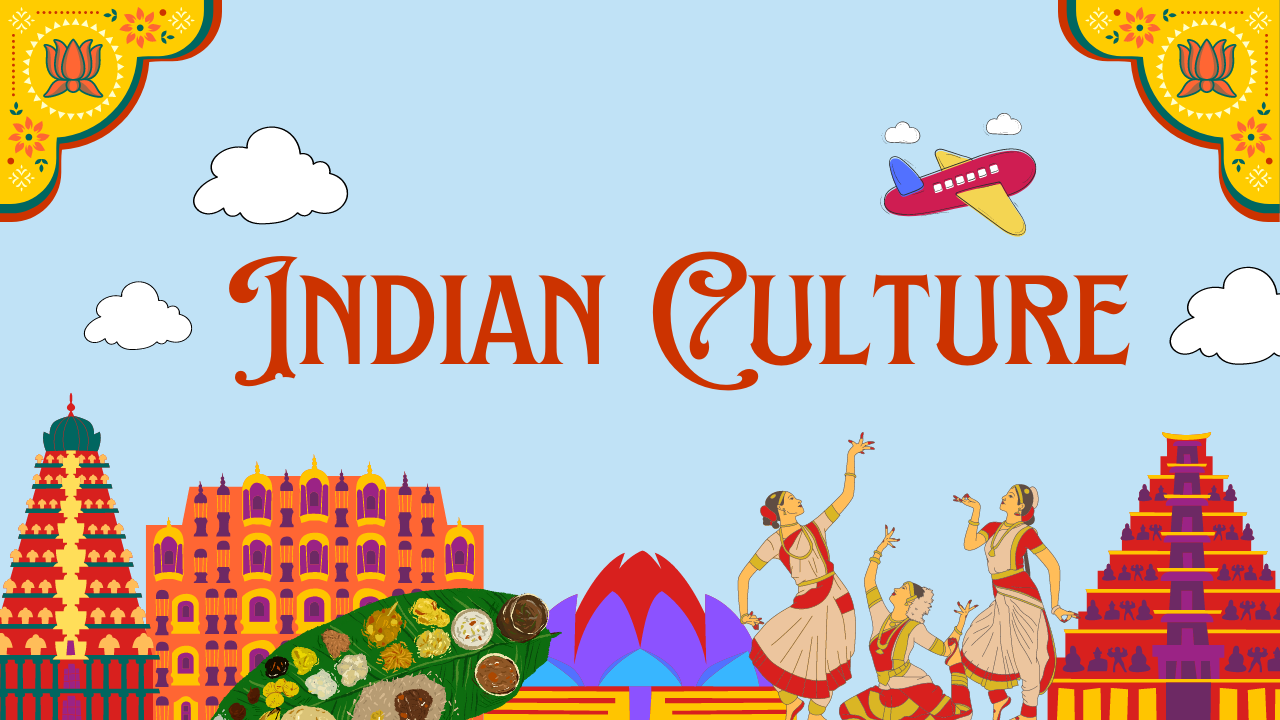Role of women and women’s organization, population and associated issues, poverty and developmental issues, urbanization, their problems and their remedies.
Q2. Illustrates how culture influences demographic behaviour of India.
Social and cultural factors, deeply intertwined with religion, culture, and tradition, significantly influence individuals’ perceptions of family size and the importance of male children. These beliefs hold a profound attachment, shaping people’s choices regarding fertility. “Social and cultural factors dominate all others in affecting fertility” —World Commission on Environment and Development (WCED).
According to data from the National Sample Survey 68th round (July 2011-June 2012), the average household size of major religious groups were Hindus (4.3),Islam (5), Christianity (3.9), Sikhism (4.7), Others (4.1) and Overall (4.3) respectively.
Rural culture on demography:
● In Indian villages, families often desire more children due to their valuable contributions to household chores and agriculture.
● Girls assist with various tasks like cleaning, cooking, and caring for siblings, while boys help with outdoor activities like cattle grazing and fieldwork.
● In rural and marginalised communities, children are seen as insurance and a source of wealth, especially for those without pensions or insurance. They are viewed as investments for old age, rather than just consumption units.
● In India, male children are particularly in demand. Sons are important from a religious point of view. According to Hindu religion, a man attains salvation only when a son performs certain rights at his funeral.
Son Meta preference in the Hindu culture:
● Sons are required to perform the last funeral rites (‘sraddha’) for their parents. It is interesting to note that in Sanskrit, ‘put’ means hell and ‘putra’ means literally ‘one that saves from hell’ or simply ‘a son’.
● Sons upon marriage attract dowries for the parents. The boy-or-girl lottery can often make or break a family financially, and keeps many ‘modernizing’ families from finally breaking free from this form of contract. If they eschew a dowry for their own son, they might still have to find one for their daughter.
● Sons provide economic and emotional security in old age. It is the son, not the daughter who remains at his parents’ home after marriage.
● Sons provide income and help in the house and in the fields from an early age.
● Sons bring prestige and local political power to the household, the kinship group and caste.
Demographic trend of Muslims in India:
● The population of Muslims was 17.22 crore in the Census of 2011, which was 14.2% of India’s population of 121.08 crore at the time.
● The population of Muslims in the previous Census (2001) was 13.81 crore, which was 13.43% of the population of India (102.8 crore) at the time.
● The population of Muslims increased by 24.69% between 2001 and 2011. This was the slowest increase in the population of Muslims in India’s history. Between 1991 and 2001, India’s Muslim population increased by 29.49%.
Demographic trend of Tribes in India:
● As per the 2011 census, 10.42 crore Indians are notified as ‘Scheduled Tribes’ (ST), which constitute 8.9% of the country’s total population.
● There has been a rapid natural growth of tribal population.
● The list of Scheduled Tribes has frequently been expanded.
Conclusion: Culture exerts a significant influence on demographic behaviour in India, shaping attitudes and practices related to gender preference, family structure, fertility rates, and contraceptive use. Understanding these cultural dynamics is essential for implementing effective population policies and reproductive health initiatives tailored to the diverse cultural landscape of India.
Source Indian express

